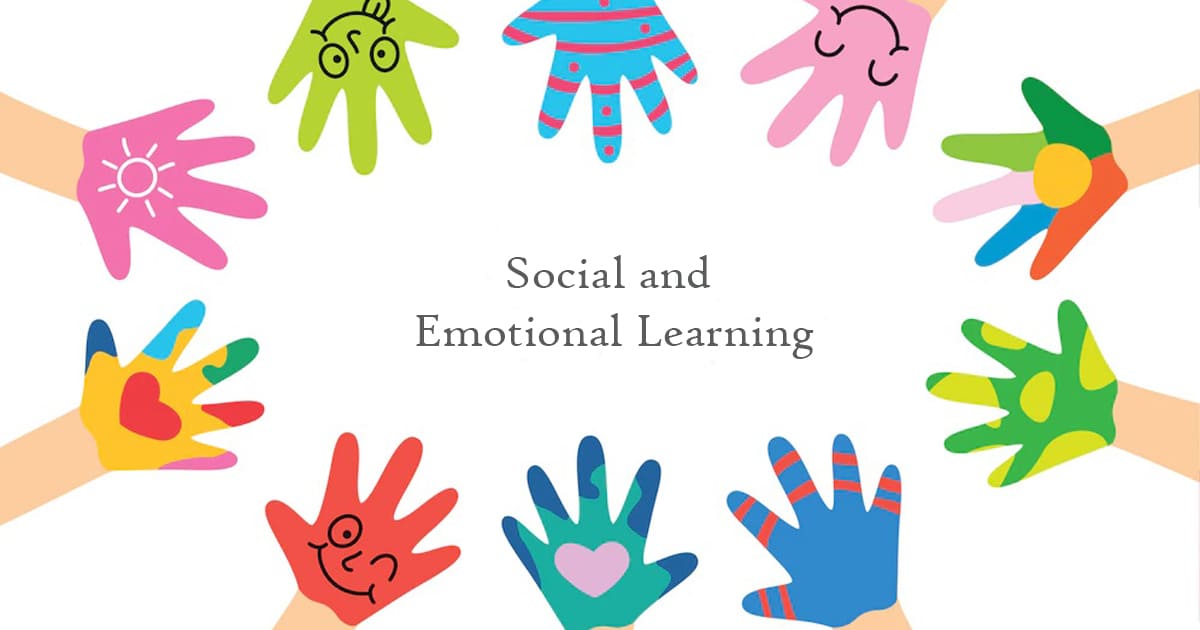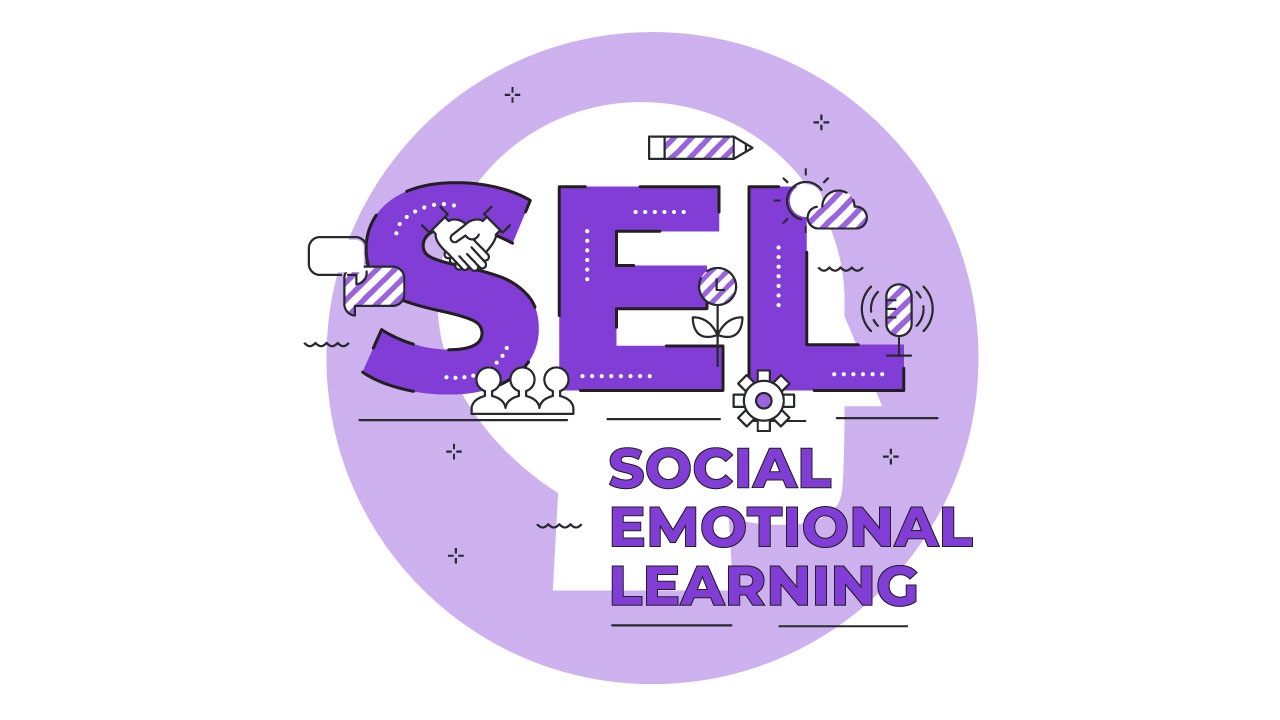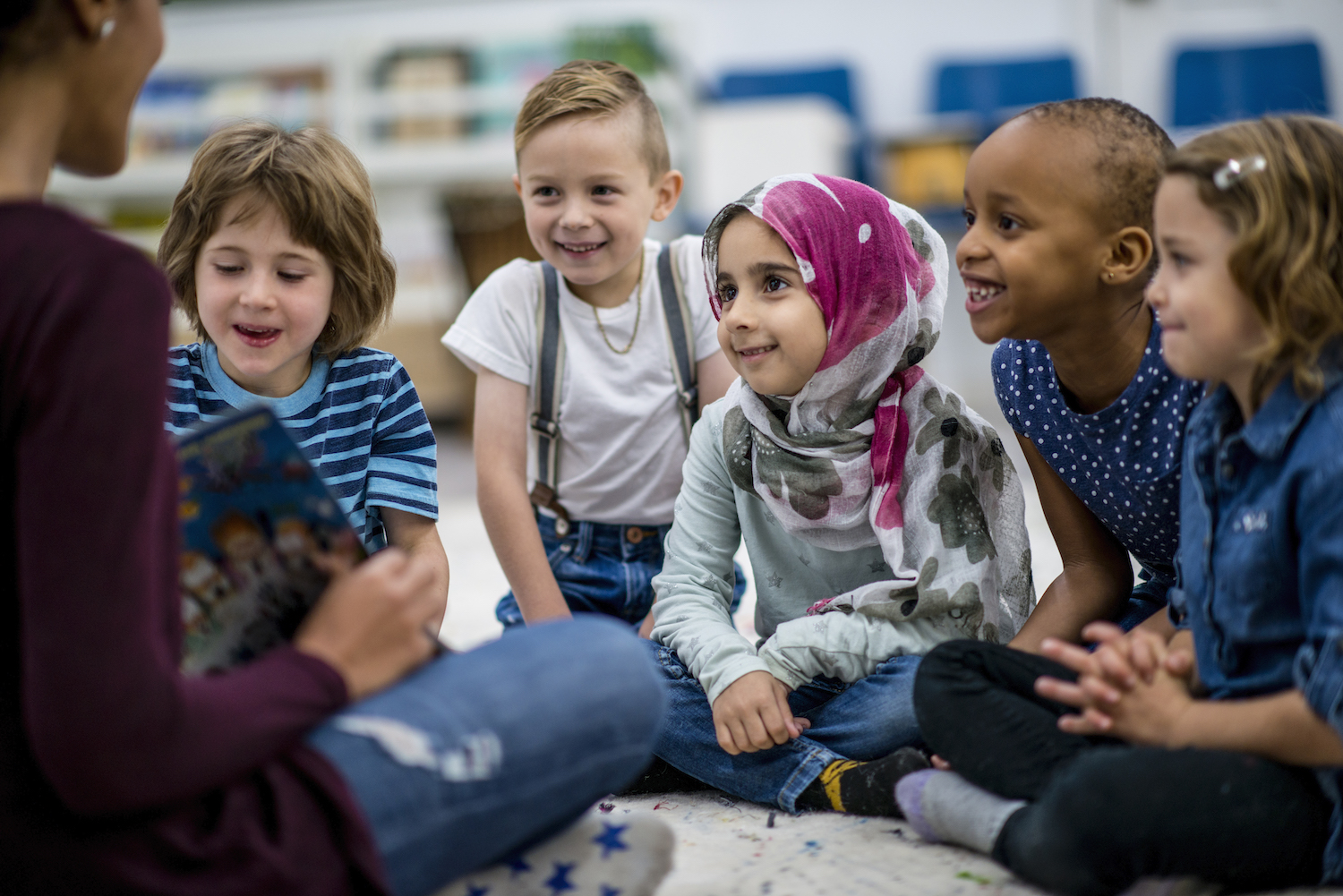
Social and Emotional Learning (SEL)
Imagine a classroom where students not only excel academically but also thrive emotionally and socially. This is the vision behind Social and Emotional Learning (SEL). As educational landscapes evolve, understanding SEL has never been more crucial. It’s about equipping young minds with the tools to navigate their emotions, build strong relationships, and make responsible decisions. In today’s world, these skills are just as vital as math or science.
With increasing recognition of mental health’s importance, educators and parents alike are turning their attention to SEL strategies that foster resilience and empathy in children. So what exactly does this mean for our schools? Let’s dive into the essence of Social and Emotional Learning—its significance, core competencies, implementation methods, success stories in programs across various communities, potential challenges it faces, and its promising future impact on society at large. Get ready to explore an approach that can transform educational experiences!

What is Social and Emotional Learning (SEL)?
Social and Emotional Learning (SEL) is a framework that promotes the development of essential emotional skills in students. It focuses on understanding emotions, setting goals, showing empathy, maintaining positive relationships, and making responsible decisions.
At its core, SEL integrates social and emotional skills into everyday learning experiences. This allows students to connect academic knowledge with their personal growth.
It encompasses various practices aimed at improving self-awareness and interpersonal communication. Through group activities or discussions about feelings, children learn how to navigate complex social situations.
More than just a trend in education, SEL provides tools for handling stress and conflict effectively. It’s an approach that recognizes the whole child—mind and heart alike—creating well-rounded individuals prepared for life beyond school walls.
Why SEL is Important
Social and Emotional Learning (SEL) plays a crucial role in shaping well-rounded individuals. It empowers students to understand and manage their emotions effectively. This foundation is essential for personal growth.
Moreover, SEL fosters empathy and compassion among peers. When children learn to recognize others’ feelings, they cultivate stronger relationships. This builds a supportive community both in schools and beyond.
Additionally, SEL enhances academic performance. Students equipped with emotional skills are more engaged learners. They navigate challenges with resilience, leading to improved focus in the classroom.
The benefits extend into adulthood as well. Adults who experienced effective SEL during childhood often demonstrate better workplace collaboration and leadership skills.
By prioritizing social-emotional development, we prepare future generations for success on multiple fronts—academic, social, and professional.
The Core Competencies of SEL
Social and Emotional Learning (SEL) revolves around five core competencies. These skills empower individuals to navigate their emotions, build relationships, and make responsible decisions.
Self-awareness is the foundation. It involves recognizing one’s feelings, strengths, and limitations. Understanding oneself fosters confidence and emotional intelligence.
Next is self-management. This competency helps individuals regulate their emotions and behaviors in various situations. It promotes resilience and goal-setting abilities.
Then comes social awareness. This skill encourages empathy towards others’ perspectives—crucial for building positive relationships within diverse communities.
Relationship skills follow closely behind. Developing effective communication strategies enhances teamwork, conflict resolution, and healthy interactions with peers.
Decision-making plays a pivotal role in SEL. It involves making ethical choices based on consideration of consequences—a key factor in personal development and societal impact.
These competencies form a comprehensive framework that supports holistic growth in students across all environments.
Implementing SEL in Schools and Communities
Implementing Social and Emotional Learning in schools and communities requires a tailored approach. Each environment has its unique culture, needs, and challenges.
Schools can integrate SEL into the curriculum by weaving emotional skills into academic lessons. This creates opportunities for students to practice empathy during group projects or resolve conflicts through guided discussions.
Community programs also play a crucial role. Workshops for parents can help them reinforce these skills at home. Collaboration with local organizations enhances outreach and resource sharing.
Training teachers is essential too. Professional development focused on SEL equips educators with tools to foster an emotionally supportive classroom environment.
Ongoing assessment of SEL initiatives ensures they adapt over time. Gathering feedback from students, parents, and staff helps identify what works best in promoting emotional health within both schools and communities.

Examples of Successful SEL Programs
One striking example of a successful SEL program is the “Collaborative for Academic, Social, and Emotional Learning” (CASEL). This initiative has shaped educational practices nationwide. Schools that adopt CASEL frameworks show marked improvements in student behavior and academic performance.
The “Morning Side Academy” in Florida also stands out. This program integrates social-emotional learning into its curriculum, promoting resilience and self-management skills among students. The result? A more engaged student body that excels both academically and personally.
In Chicago, the “Resilience Project” focuses on fostering emotional intelligence through community involvement. Students learn to empathize with others while addressing real-world issues around them.
These programs illustrate how effectively integrating social-emotional learning can transform school environments into nurturing spaces where children thrive emotionally and academically.
Challenges and Criticisms of SEL
Social and Emotional Learning (SEL) has garnered both praise and scrutiny. Critics often argue that SEL programs can be overly prescriptive, limiting teachers’ ability to tailor lessons to their students’ unique needs.
Some educators worry that SEL may divert attention from academic content. They question whether time spent on emotional skills could impact traditional learning outcomes.
Additionally, there are concerns about the implementation of these programs in diverse communities. Not every approach resonates equally across different cultures or socioeconomic backgrounds.
Measurement of success presents another challenge. Evaluating emotional growth isn’t as straightforward as assessing math scores, making it difficult to gauge effectiveness.
Funding limitations can hinder comprehensive SEL integration in schools. With many districts facing budget constraints, prioritizing social-emotional initiatives can become a tough sell amidst other pressing educational demands.
The Future of SEL and Its Impact on Society
The future of Social and Emotional Learning (SEL) holds immense promise for individuals and communities alike. As awareness grows, more schools and organizations are recognizing the value of emotional intelligence alongside academic achievement. This shift can create a more balanced educational experience for students.
With technology evolving rapidly, SEL is also adapting to integrate digital platforms. Online resources can enhance SEL initiatives by providing interactive tools that promote emotional understanding and social skills in engaging ways. Virtual environments allow for broader access to SEL programs, reaching diverse populations who may not have had these opportunities before.
As we continue to prioritize mental health awareness, society will likely see an increased demand for comprehensive SEL strategies in both educational settings and workplaces. Enhanced collaboration between educators, parents, and community leaders can lead to a holistic approach toward nurturing emotionally intelligent individuals.

The integration of SEL into curricula fosters empathy, resilience, and positive relationships among peers. These qualities lay the groundwork for healthier societal interactions as children grow into adults who value cooperation over conflict.
Investing in SEL today has the potential to shape a future where emotional well-being is prioritized as much as academic success. By creating environments that support social-emotional growth now, we pave the way for generations capable of navigating challenges with compassion and mindfulness at their core. The ripple effects could reshape our communities into spaces characterized by understanding rather than division—truly transforming society’s landscape moving forward.




Leave a Reply